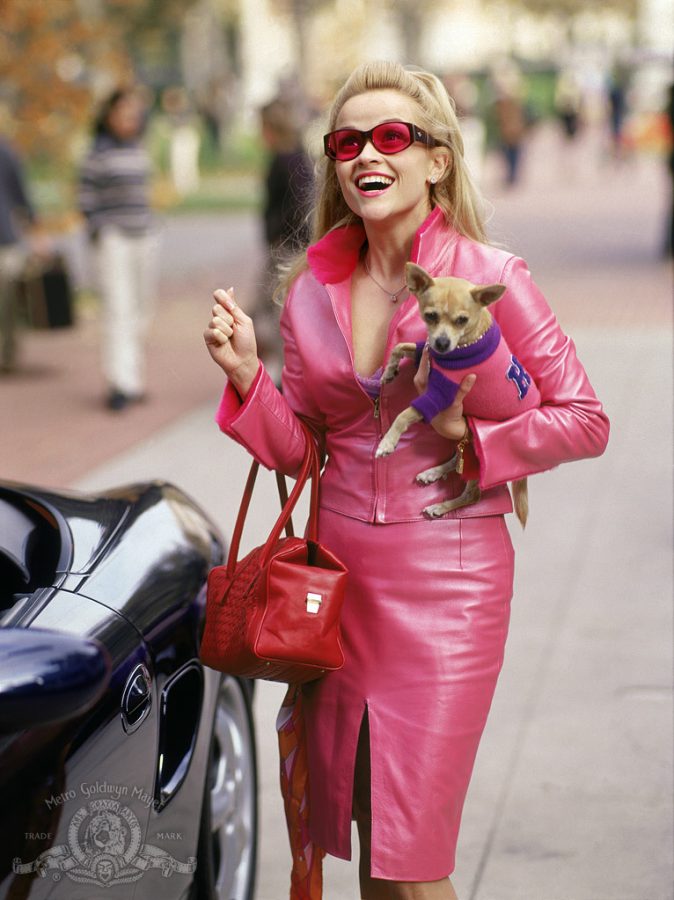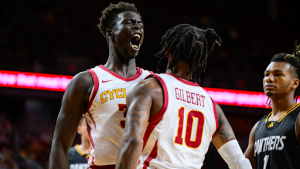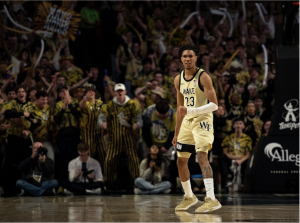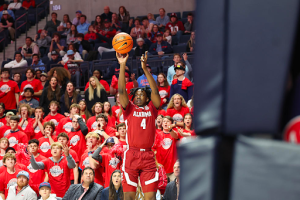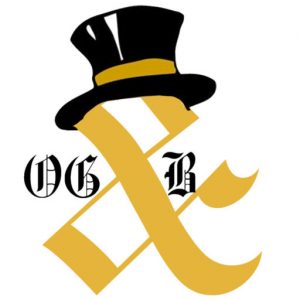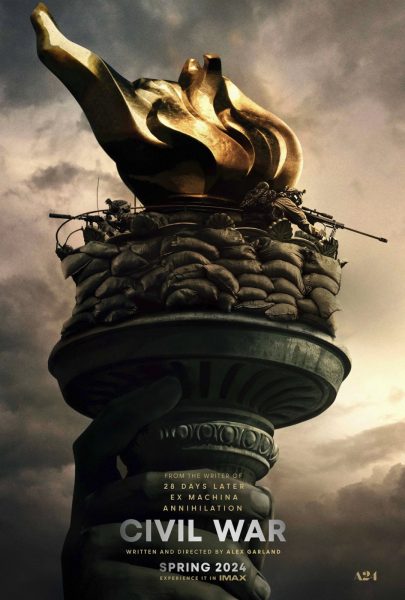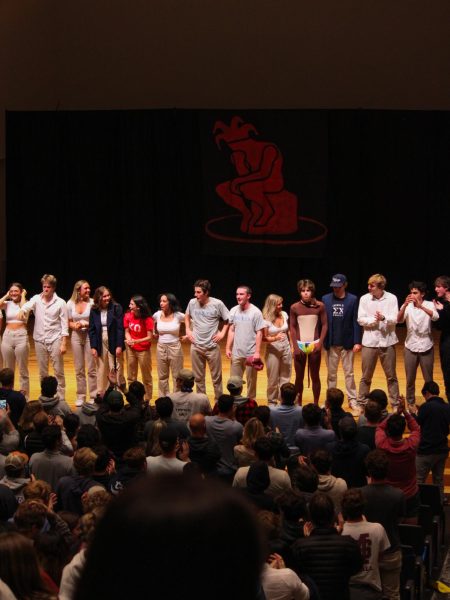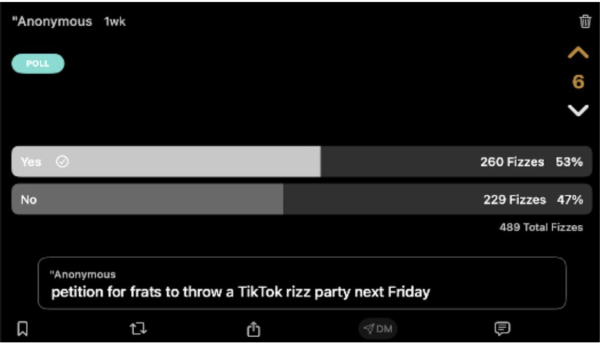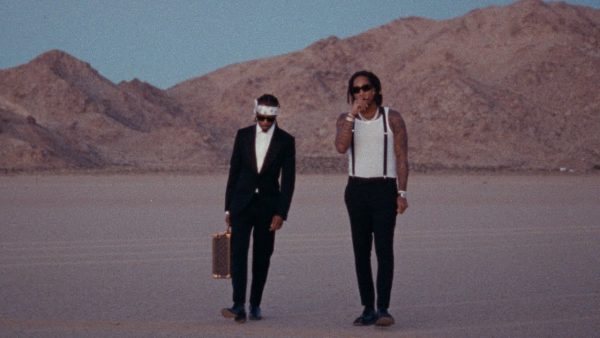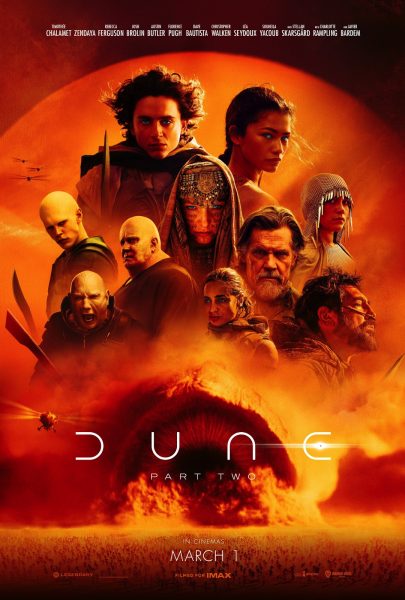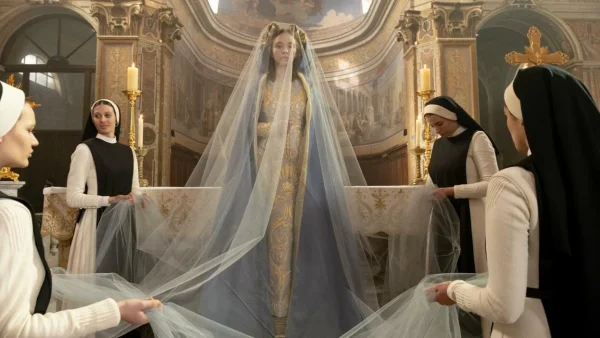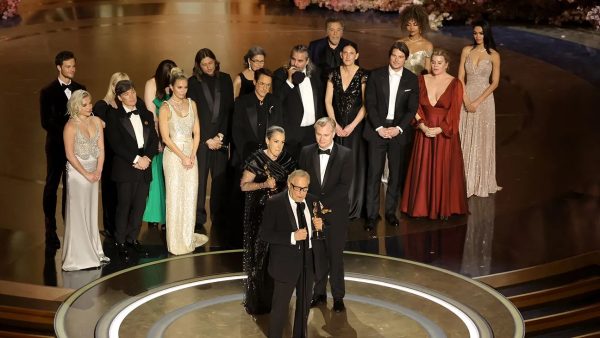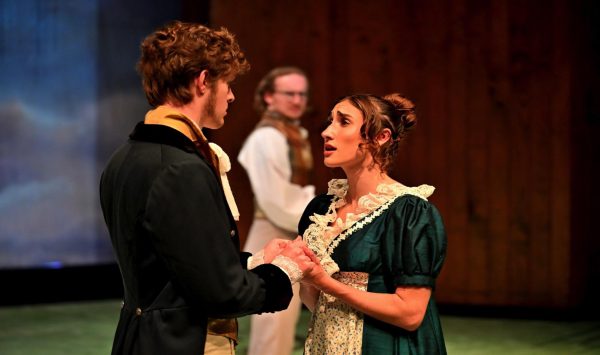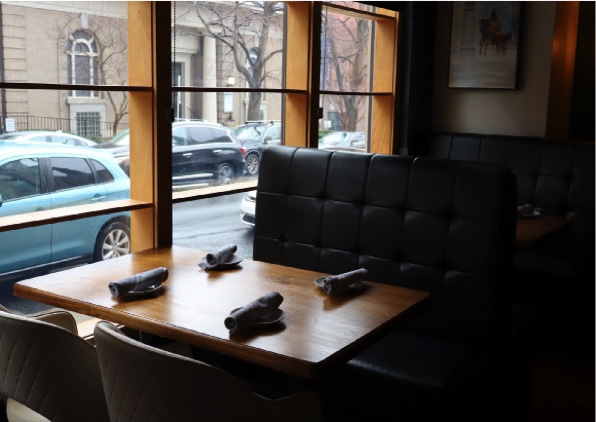Strong female archetypes prevail in film
Follow these powerful leads in film that have emerged over the recent decades
Elle Woods arrives at Harvard in an outfit that rejects the status quo.
February 24, 2022
The early years of Hollywood were significant for women. In the 1930s, platinum blondes were steering men to their bedrooms, and women were the strong, steady forces that held marriages together. In “Mildred Pierce” (1945), Joan Crawford demonstrated that a woman could succeed as a tough business executive. The femme fatale prototype that emerged with 1940s film-noir showed women as crafty manipulators of vulnerable males, twisting them to commit murder and other crimes.
These powerful female leads set the stage for a new generation of women in the modern film era, even as themes changed to suit the times. Some strong female archetypes appear in recent films such as The Academic, The Bully-Boss, The Final Girl and The Revolutionary.
The Academic:
You probably wouldn’t have guessed that I’d go with Elle Woods from “Legally Blonde” (2001). After all, Woods begins as the exact opposite of an academic prototype. She’s a rich, stereotypically blonde sorority girl who poses for calendars and puts all of her resources into snagging the hottest fraternity guy on campus. In the hyper-competitive world of Harvard Law School, Woods uses her quirkiness and unique perspective on life to prove herself to her contemporaries. What makes “Legally Blonde” a fun comedy is the fact that Elle goes against the grain and succeeds in a world that judges her too quickly.
Another classic example of an academic female lead is Hermione Granger from the “Harry Potter” series. Granger is the quintessential academic member of the squad who is always there to lead the way and save the day.
The Bully-Boss:
It’s a sign of how far women have come that they can also be criticized when they abuse their power. In “The Devil Wears Prada”, Miranda Priestly is editor-in-chief at a fashion magazine corporation. She is portrayed as a domineering, controlling and nasty tyrant.
We tend to think of men in these roles, but abuse of power is not exclusive to one gender. Characters like Priestly are challenging precisely because they make viewers step back and rethink gender stereotypes. We may reject Priestly’s destructive abuse of power, but we can still respect that she earned it in the first place.
The Final Girl:
The horror genre has played on every imaginable character trope — the naive girl who is killed off first, the stoner who couldn’t care less about where he is, the arrogant jock and the well-known “final girl”.
The “final girl” trope is one that I applaud. I enjoy seeing a female character still standing at the end of the film having overcome the attacks of a predator who is typically male. Examples of final girls in films range from Sidney Prescott in “Scream” (1996), Laurie Strode in “Halloween” (1978) and Dani Ardor in “Midsommar”.
These three women fight, outsmart and eventually survive their usually male oppressors.
Ardor’s case slightly differs from the rest as she is taken in by a cult that kills her awful boyfriend to truly free her. Nevertheless, Ardor stands alone, having overcome grief, loss and the pressures of societal expectations. Final girls take the weak woman stereotype and flip it on its head.
The Revolutionary:
Recently, a new form of strong female characterization has emerged: the revolutionary. This is a woman who seeks to change things in her life or in society and doesn’t care what others think. Revolutionary characters include Lady Bird, Veronica Sawyer from “Heathers” (1989) and Coraline.
These three leads share common traits — they are quirky, outspoken and learn a lot about themselves. Each of these leads shows how female characters can be revolutionary without a male counterpart to lead the way. Lady Bird tries to fit in with the popular group at school but eventually learns that she is strongest with her true friends. Sawyer has a tumultuous relationship with a sociopathic murderer and is freed via his death. Similarly, Coraline emerges powerfully as she single-handedly fights off monsters, being the one to save her male companion.
Each of these characters are determined, strong and manages to outwit those who try to bring them down. They are models of fearlessness in the face of oppression from men, parents or society.


